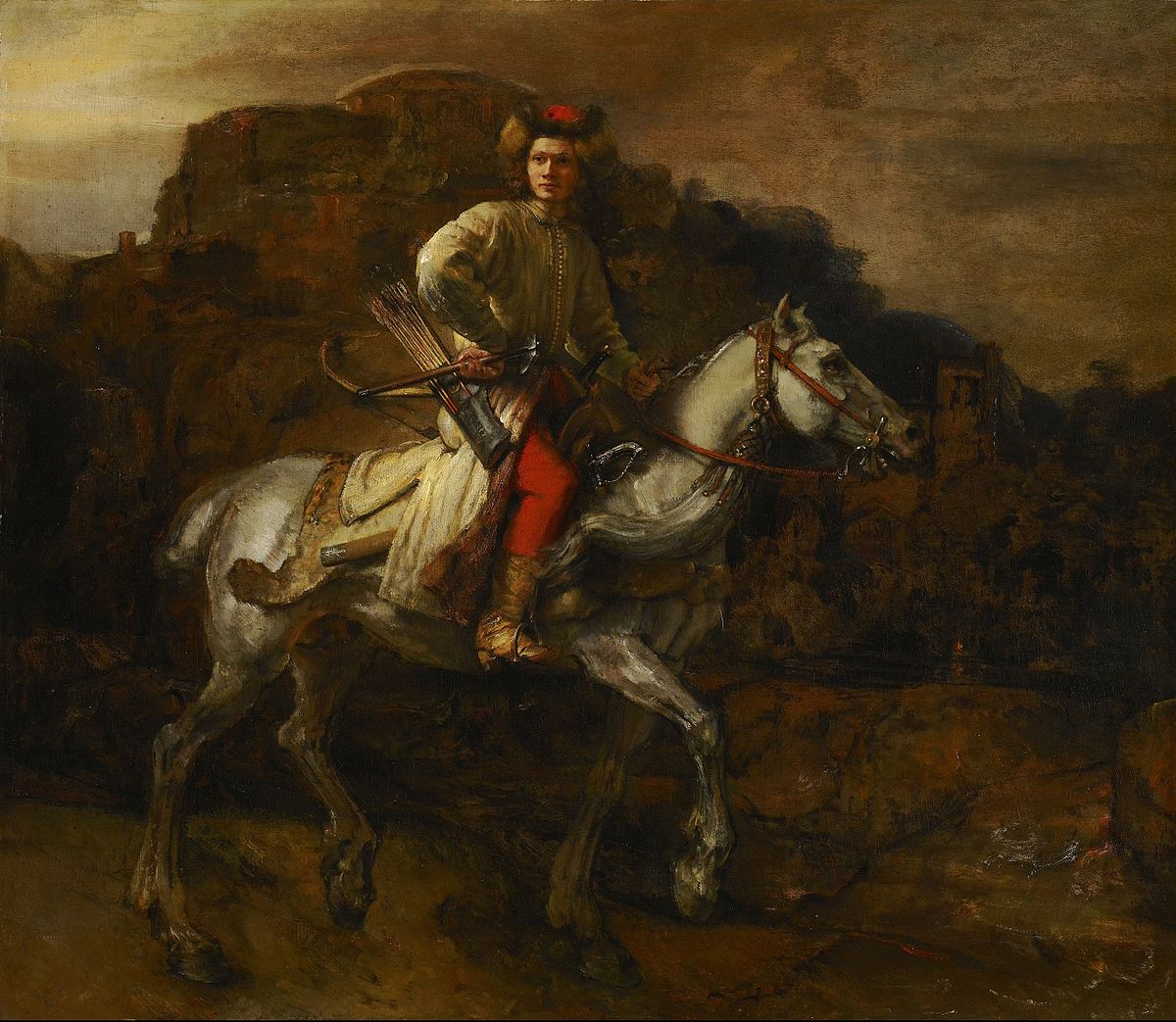Siege of Pilsen

The Siege of Pilsen, a significant event during the Thirty Years' War, commenced on 19 September 1618 when Ernst von Mansfeld, leading the forces of the Bohemian Protestants, reached the fortified city of Pilsen in Bohemia. Following the Defenestration of Prague on 23 May 1618, which saw Protestant nobles overthrow King Ferdinand II, the city became a refuge for Catholic nobles and priests fleeing the Protestant uprising. Although Pilsen was well-prepared for a siege, its defenses were undermanned, and the defenders faced shortages of gunpowder and food. Mansfeld aimed to capture the city before external support could arrive for the defenders.
The Protestant army initially faced challenges in launching a direct assault due to its limited strength. Instead, Mansfeld opted for a strategy of attrition, seeking to starve the city into submission. On 2 October, Protestant artillery arrived, but its limited caliber and number proved ineffective against the city walls. As the siege progressed, the defenders' situation worsened; the main well was destroyed, and potable water supplies dwindled. On 21 November, after weeks of siege, the Protestant forces breached the walls and entered the city. Following intense hand-to-hand combat, Mansfeld's troops secured control of Pilsen within hours.
After the capture, Mansfeld demanded 120,000 golden guldens in war reparations and an additional 47,000 florins to spare the city from destruction. This victory bolstered the Bohemian Revolt, but it also prompted a response from the Holy Roman Empire, led by Bavaria, which began mobilizing forces to reclaim the territory. The newly elected Bohemian king, Frederick V of the Palatinate, recognized the overwhelming strength of the advancing enemy and attempted to regroup his forces. However, he faced abandonment from many allies, leading to the dispersion of his troops and ultimately a decisive defeat at the Battle of White Mountain.
Combatants
- Protestant Bohemia
- Electoral Palatinate
- Bohemian Catholics
Leaders
- Ernst von Mansfeld
- Felix Dornheim
Strength
- 20,000
- 4,000 burghers
- 158 cavalry
Casualties
- 1,100
- 2,500
Result/Victory
 Palatinate
Palatinate


 Bohemian
Bohemian
 Imperial
Imperial



 Polish
Polish
 Spanish
Spanish





 Catholic League
Catholic League





